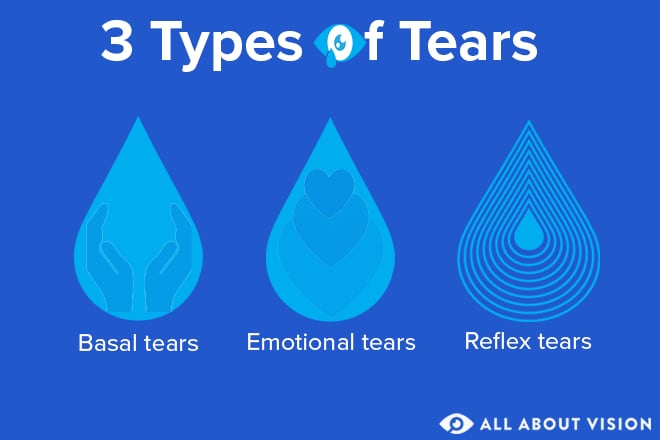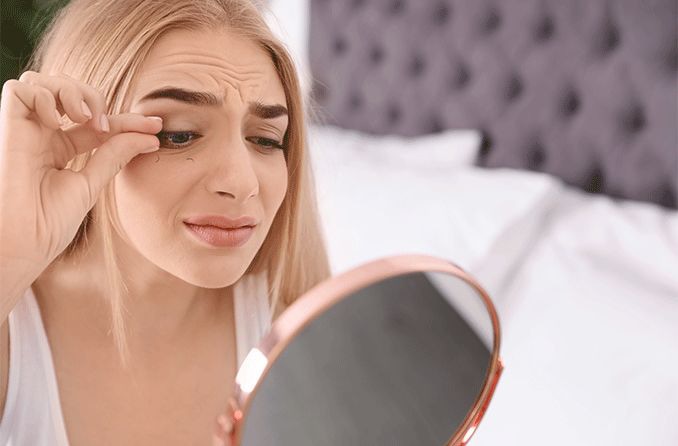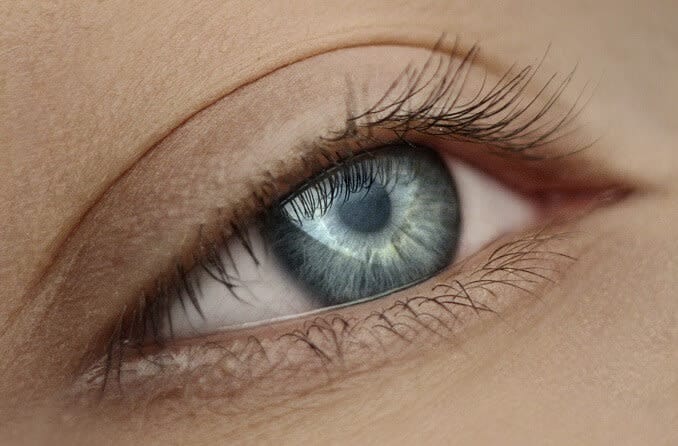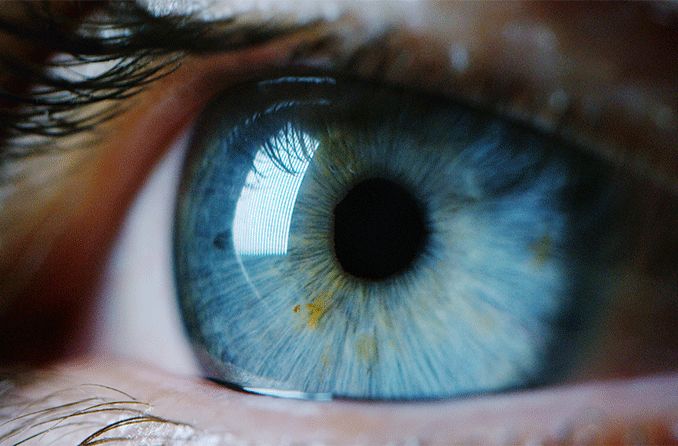What are artificial tears made of?
Like real tears, artificial tears play an important role in providing the eyes with moisture. But instead of the natural substance found in real tears, these lubricating eye drops are made of mild ingredients that mimic tears’ natural structure.
There are several ingredients found in artificial tears, each designed with a different purpose. This includes two main active ingredients known as demulcents and emollients, along with preservatives* and other additives. Together, these ingredients work together to lubricate the eyes, reduce irritation and more.
*Preservatives can be irritating to some, so they are not found in some artificial tear formulas.
Why are these ingredients important?
The purpose of each ingredient is as follows:
- Demulcents — water-soluble polymers that help protect and moisturize the eye’s mucous membranes. Common demulcents include hydroxymethylcellulose, carboxymethylcellulose and propylene glycol. Others include glycerin, polyethylene glycol and propylene glycol.
- Emollients — oils and fats that increase the thickness of the lipid layer, decrease evaporation and keep the tear film stabilized. Some common emollients include castor oil, flaxseed oil and mineral oil.
- Preservatives — these are sometimes added to the eyedrop’s formula to prevent bacteria from growing inside the bottle after it’s opened. OcuPure, benzalkonium chloride (BAK), polyquaternium (Polyquad) and polixetonium are all types of preservatives that may be used. Sodium chlorite may also be used as a more mild preservative.
- Additives — additional ingredients designed to balance the pH of the eyedrop so that it closely matches the pH of natural tear film (and to reduce irritation while using the product). This can include inactive ingredients such as electrolytes, osmoprotectants, emulsifiers and buffers.
Not every type of eye drop includes the same ingredients. Many eye drop formulas are also preservative-free, because preservatives can cause irritation and other unwanted effects.
What are artificial tears used for?
Artificial tears are used to treat the the following eye symptoms:
- Short-term dry eyes caused by digital eye strain, allergies or harsh weather conditions
- Redness caused by tiredness, allergies or other irritants
- Soreness or swelling caused by crying or allergies
- Irritation associated with infections such as viral conjunctivitis
- Moisture and relief for some types of keratopathy (corneal disease)
There are many other types of eye drops on the market that have different uses. Aside from artificial tears, you may come across drops such as decongestant eye drops, antihistamine eye drops and prescription eye drops for serious conditions.
Talk to your doctor before using any new eye products that you are unsure about. Your doctor may recommend or prescribe a specific product based on your condition and the sensitivity of your eyes.
SEE RELATED: Tear Trough Filler












